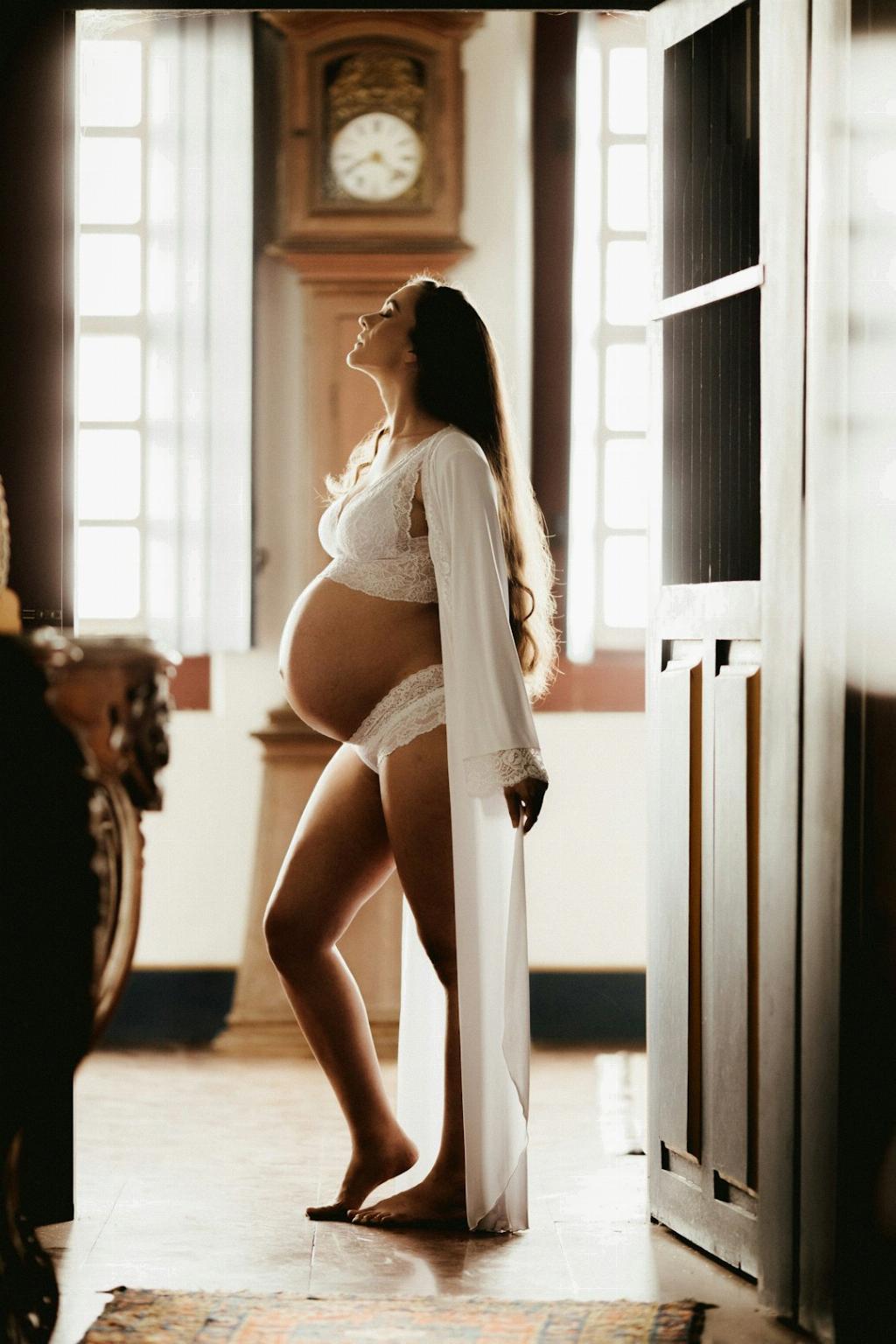During early pregnancy, many women experience changes in their breasts, which can include tenderness and soreness. One common question that arises is: What week in pregnancy do breasts hurt? Let’s delve into the details to understand why this occurs.
Weeks 3-4: Early Signs of Breast Pain
It’s fascinating to note that breast pain can manifest as early as weeks three and four of pregnancy. This is due to the surge of hormones in the body, signaling the beginning of a new journey. The soreness often peaks during the first trimester as the body adapts to the changes.
Weeks 5-8: Intensifying Discomfort
As the pregnancy progresses into weeks five to eight, the discomfort in the breasts may intensify for some women. This can be attributed to the ongoing hormonal fluctuations and the preparation of the body for nurturing a growing fetus.
Weeks 9-12: Continuing Changes
During weeks nine to twelve, the breast pain may continue, albeit with variations among individuals. Some women may find relief at this stage, while others may still experience tenderness. Each woman’s body responds uniquely to the pregnancy process.
Weeks 13-16: Easing Sensations
By the time the pregnancy reaches weeks thirteen to sixteen, many women notice a gradual easing of the breast pain they previously experienced. This can bring a sense of relief and comfort as the body adjusts to the ongoing hormonal changes.
Weeks 17-20: Stability in Symptoms
During weeks seventeen to twenty, the symptoms of breast pain may stabilize for most women. This period marks a sense of equilibrium in the pregnancy journey, allowing the woman to focus on other aspects of her well-being and the developing baby.
Weeks 21-24: Individual Variations
Between weeks twenty-one and twenty-four, individual variations in breast pain experiences may become more prominent. Some women may find that the discomfort subsides completely, while others may still feel occasional tenderness. It’s essential to listen to your body’s signals.
Weeks 25-28: Preparing for Lactation
As the pregnancy progresses into weeks twenty-five to twenty-eight, the body starts preparing for lactation, resulting in changes in the breasts. This phase can bring about new sensations and adjustments as the body readies itself for the upcoming demands of breastfeeding.
Weeks 29-32: Nearing the Final Stretch
Approaching the final weeks of pregnancy, from weeks twenty-nine to thirty-two, the breast pain may fluctuate as the body undergoes last-minute preparations for childbirth. It’s crucial to practice self-care and seek support during this period.
Weeks 33-36: Embracing the Changes
Between weeks thirty-three and thirty-six, embracing the changes in the breasts becomes essential as the body gears up for delivery. The discomfort may vary, but knowing that these transformations are part of the natural process can offer reassurance.
Weeks 37-40: Final Weeks of Pregnancy
As the pregnancy nears its culmination, from weeks thirty-seven to forty, the breasts may undergo further changes in preparation for breastfeeding. The discomfort experienced earlier may evolve into a sense of readiness for the new chapter ahead.
Conclusion: A Journey of Transformation
In conclusion, breast pain during pregnancy can begin as early as weeks three and four, peaking in the first trimester, and gradually easing as the pregnancy progresses. Each woman’s experience is unique, and it’s essential to embrace the changes and listen to your body throughout this transformative journey.

